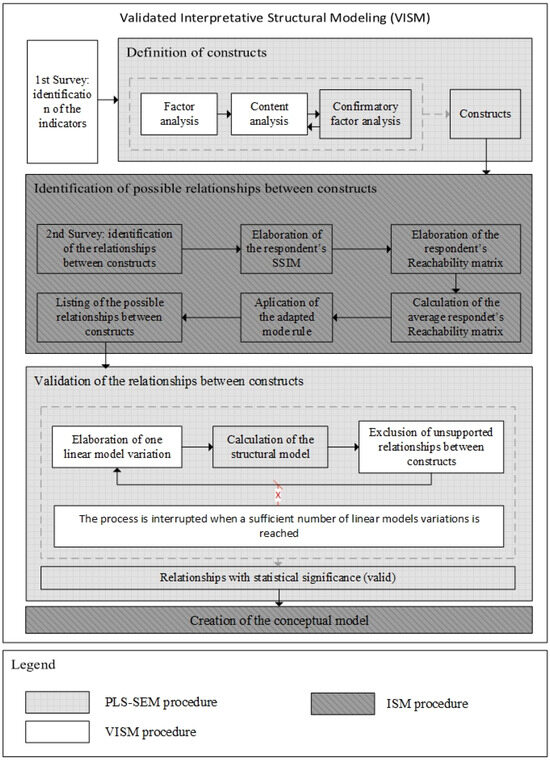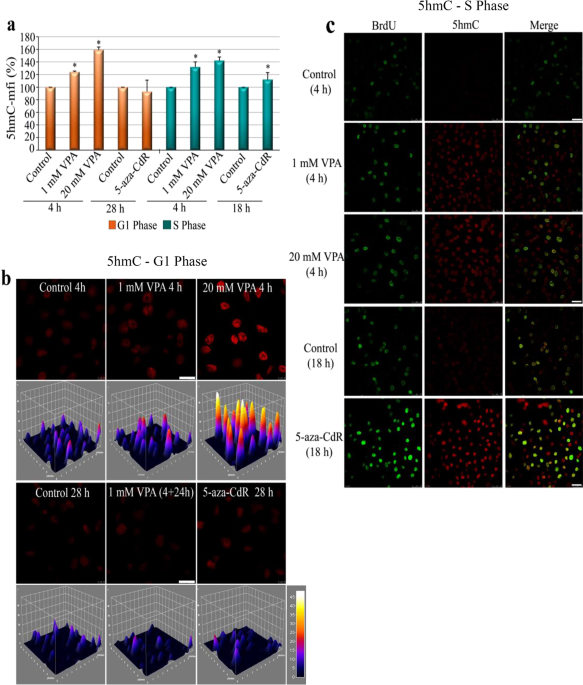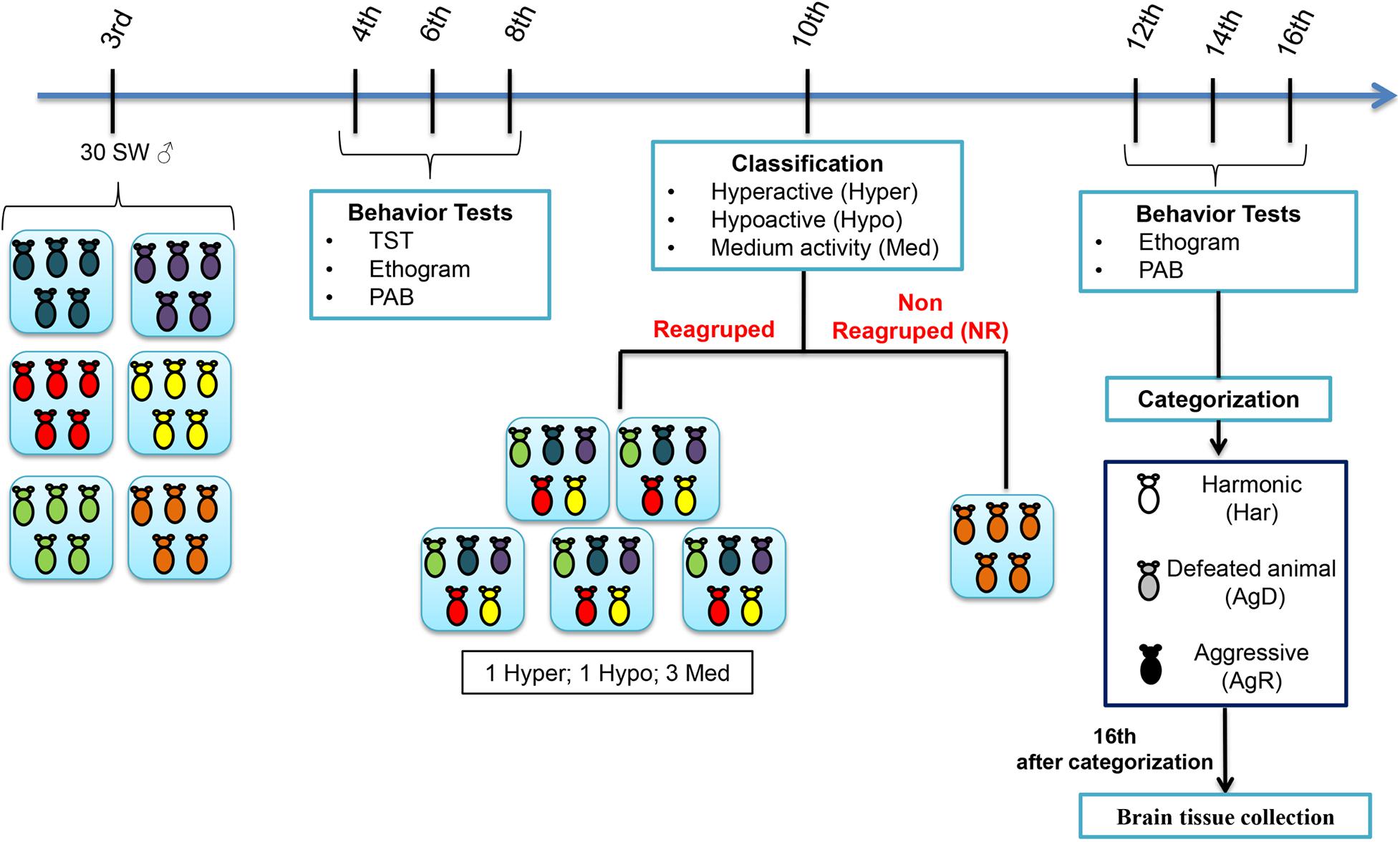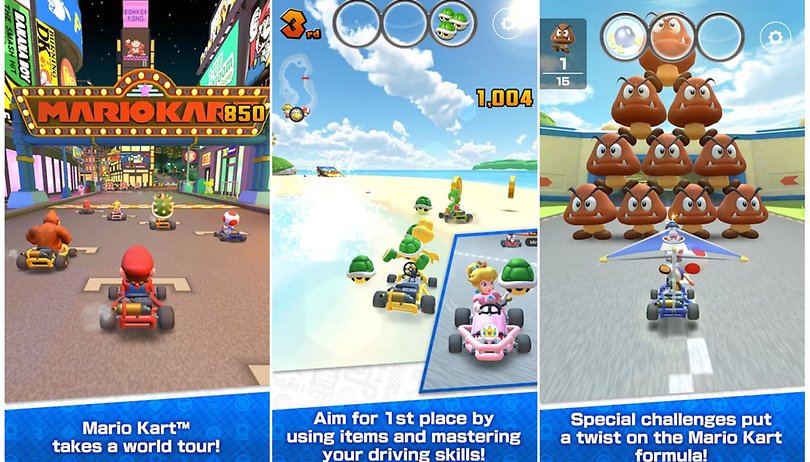IJERPH, Free Full-Text
Por um escritor misterioso
Last updated 10 novembro 2024
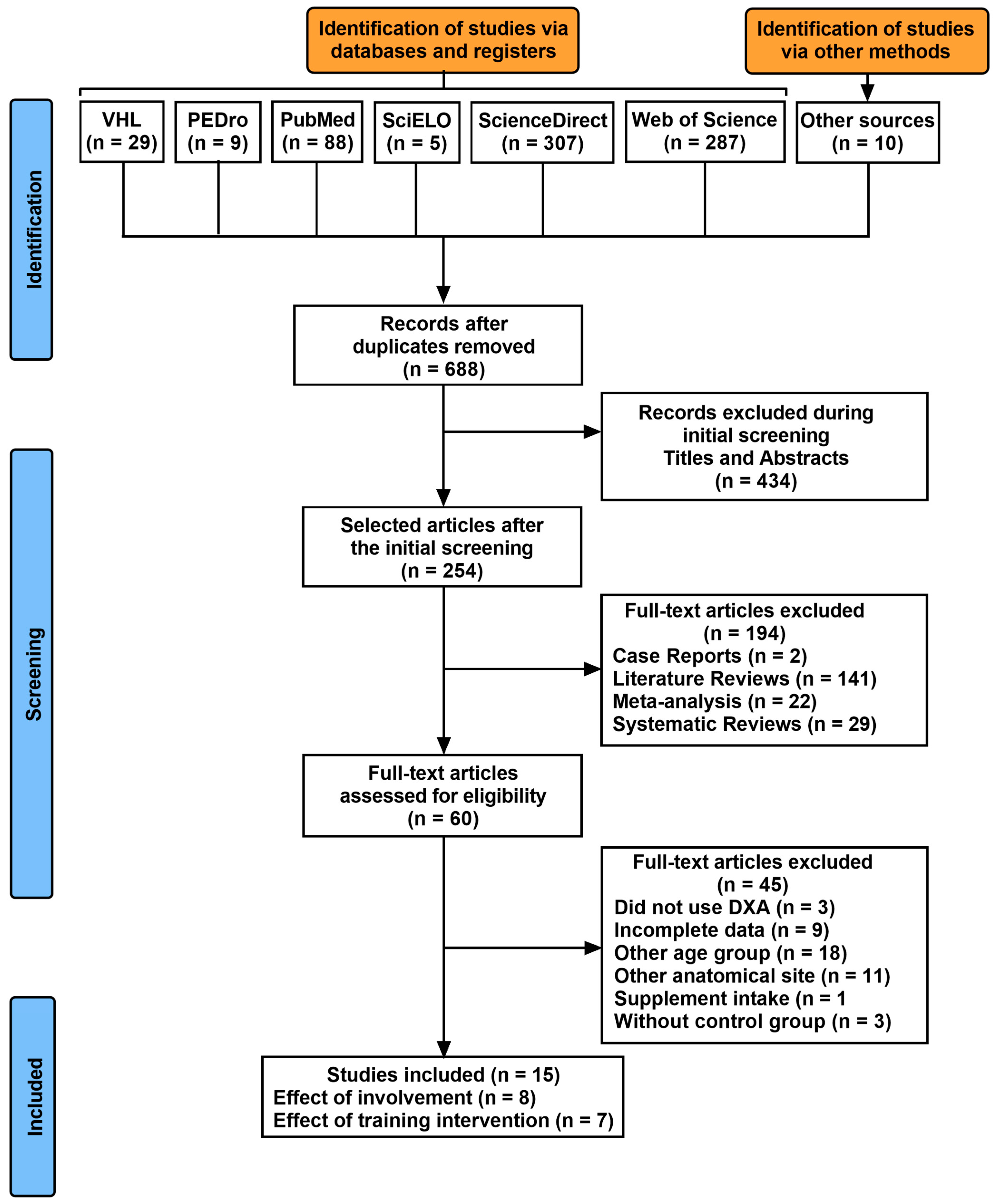
The current study analysed whether the osteogenic stimuli of exercises and sports have an independent effect on bone mineral density (BMD). Studies with a design having two different cohorts were searched and selected to distinguish the effect due to long-term involvement (i.e., athletes vs. non-active young with good bone health) and due to the planning of intervention (i.e., pre- vs. post-training) with exercises and sports. Moreover, only studies investigating the bone sites with a body-weight support function (i.e., lower limb, hip, and spine regions) were reviewed, since the osteogenic effects have incongruous results. A meta-analysis was performed following the recommendations of PRISMA. Heterogeneity (I2) was determined by combining Cochran’s Q test with the Higgins test, with a significance level of α = 0.05. The studies reporting the effect of involvement in exercise and sports showed high heterogeneity for the lower limb, total hip, and spine (I2 = 90.200%, 93.334%, and 95.168%, respectively, with p < 0.01) and the effect size on sports modalities (Hedge’s g = 1.529, 1.652, and 0.417, respectively, with p < 0.05) ranging from moderate to high. In turn, the studies reporting the effect of the intervention planning showed that there was no heterogeneity for the lower limb (I2 = 0.000%, p = 0.999) and spine (I2 = 77.863%, p = 0.000); however, for the hip, it was moderate (I2 = 49.432%, p = 0.054), with a low effect between the pre- and post-training moments presented only for the hip and spine (Hedge’s g = 0.313 and 0.353, respectively, with p < 0.05). The current analysis supported the effect of involvement in exercise and sports by evidencing the effect of either weight-bearing or non-weight-bearing movements on BMD at the femoral, pelvic, and lumbar bones sites of the athletes when comparing to non-athletes or non-active peers with healthy bones. Moreover, the effect of different exercise and sports interventions highlighted the alterations in the BMD in the spine bone sites, mainly with long-term protocols (~12 months) planned with a stimulus with high muscle tension. Therefore, exercise and sport (mainly systematic long-term practice) have the potential to increase the BMD of bones with body-weight support beyond the healthy values reached during life phases of youth and adulthood.

PDF) International Journal of Environmental Research and Public Health
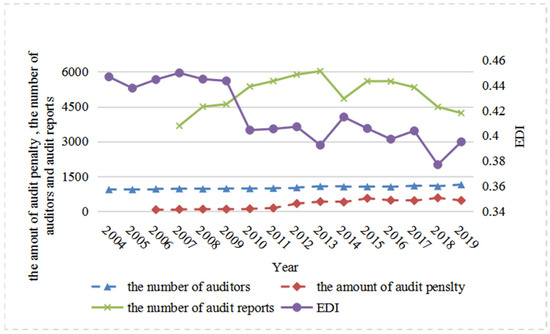
Serfice Tool 2770 Eko Hasan - Colaboratory

IJERPH, a MDPI journal
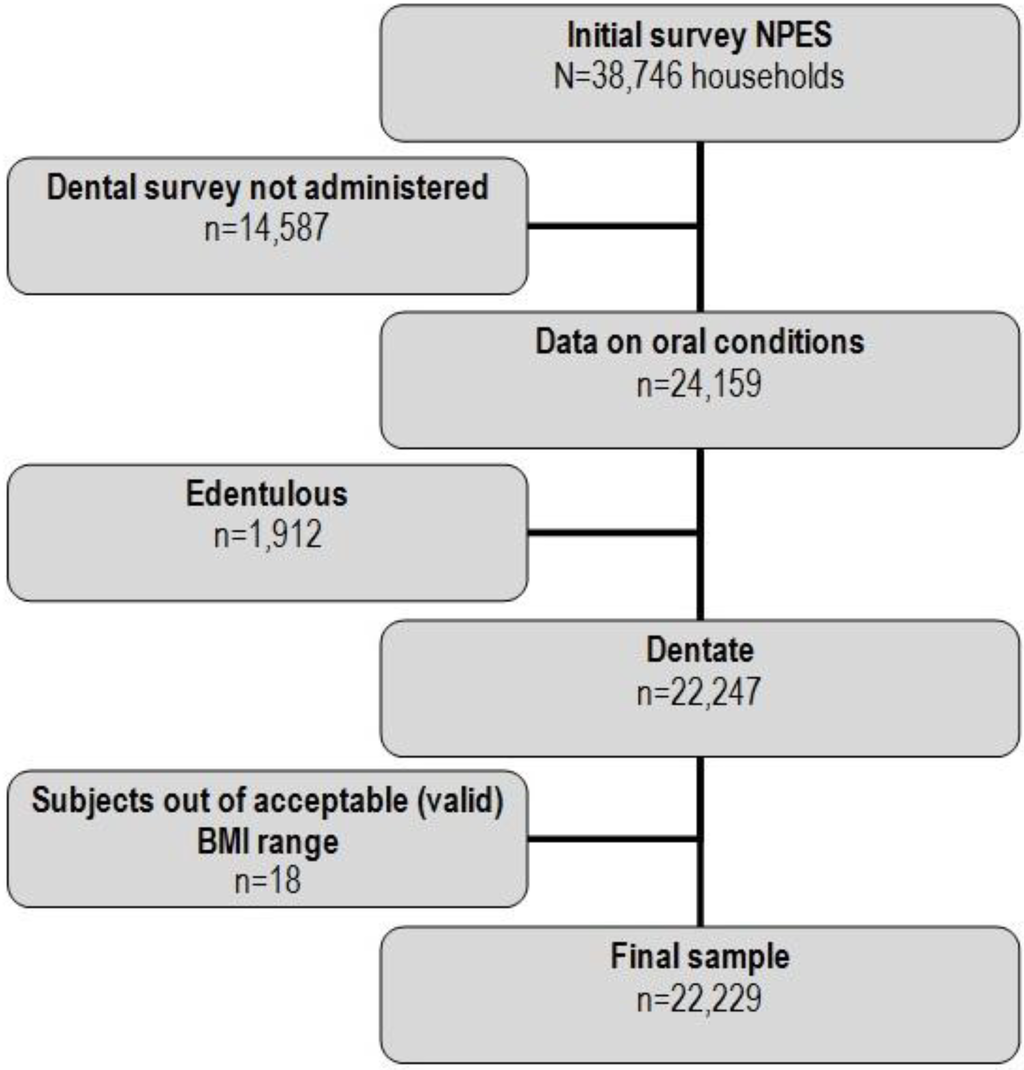
IJERPH, Free Full-Text
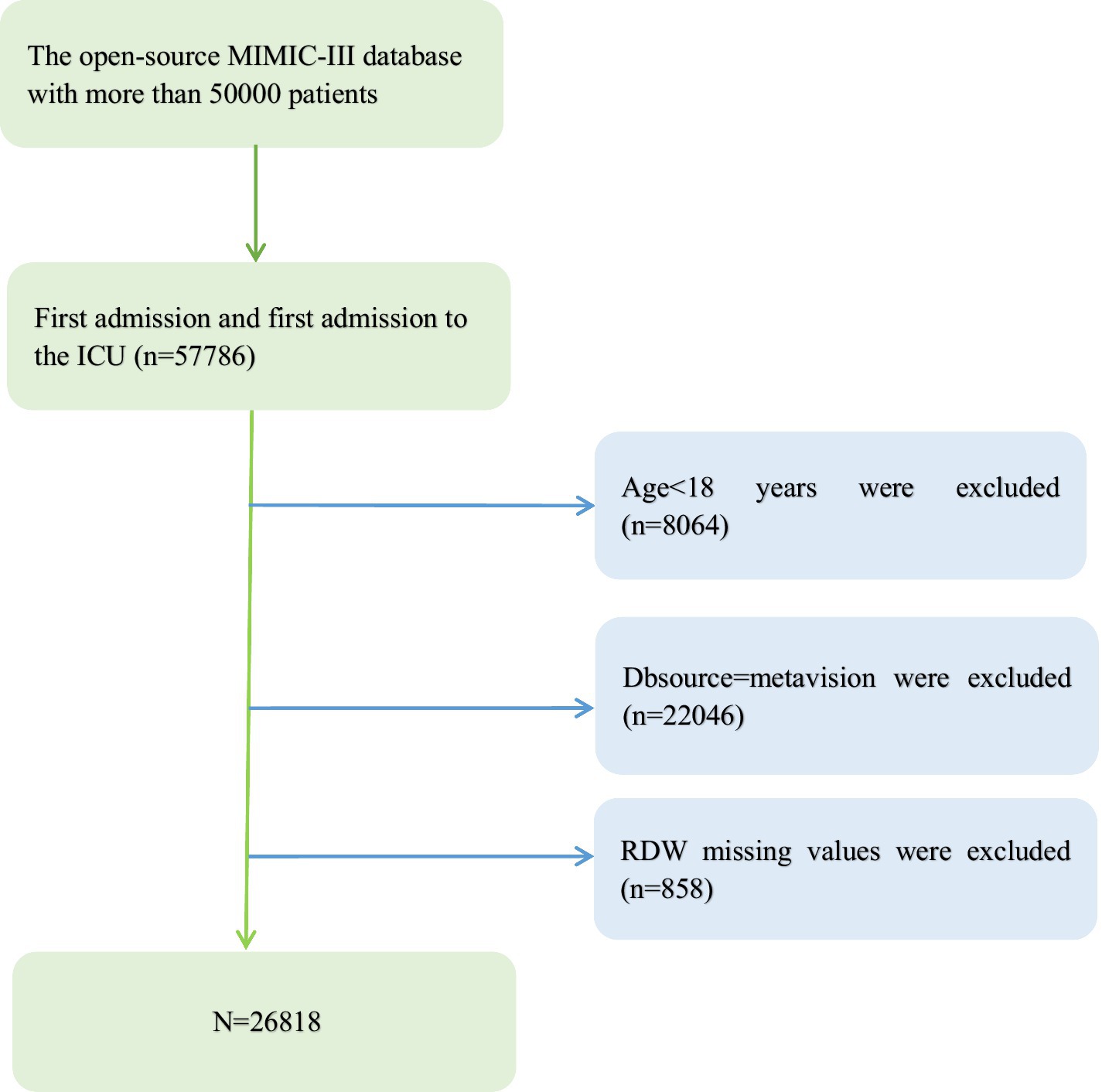
IJERPH Free Full-Text Red Cell Distribution Width As A, 59% OFF

International Journal of Environmental Research and Public Health

Architectify on X: IJERPH, Free Full-Text

Fashion flagshipIJERPH, Free Full-Text, yellow epi triangle
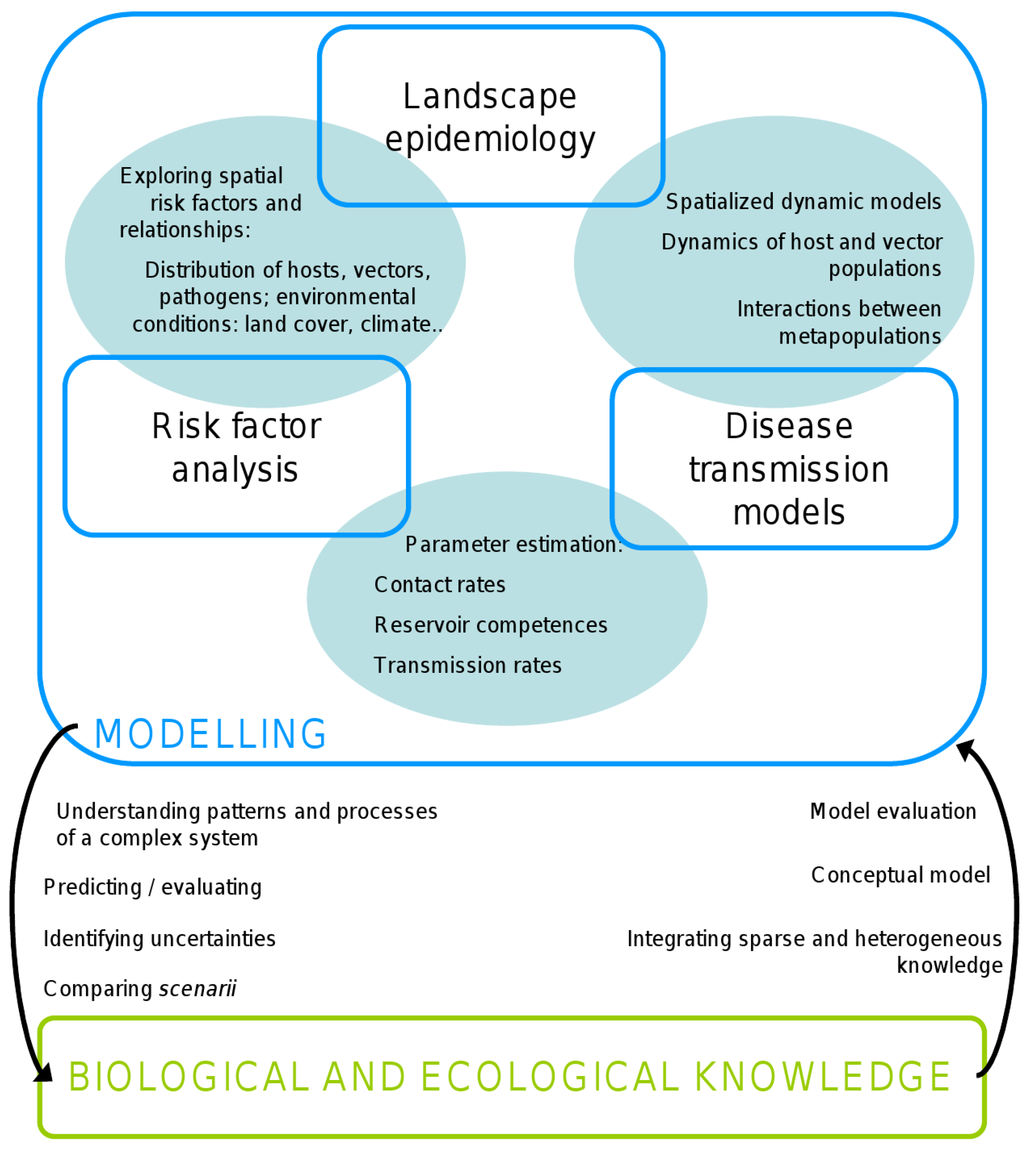
IJERPH, Free Full-Text

PDF) International Journal of Environmental Research and Public Health
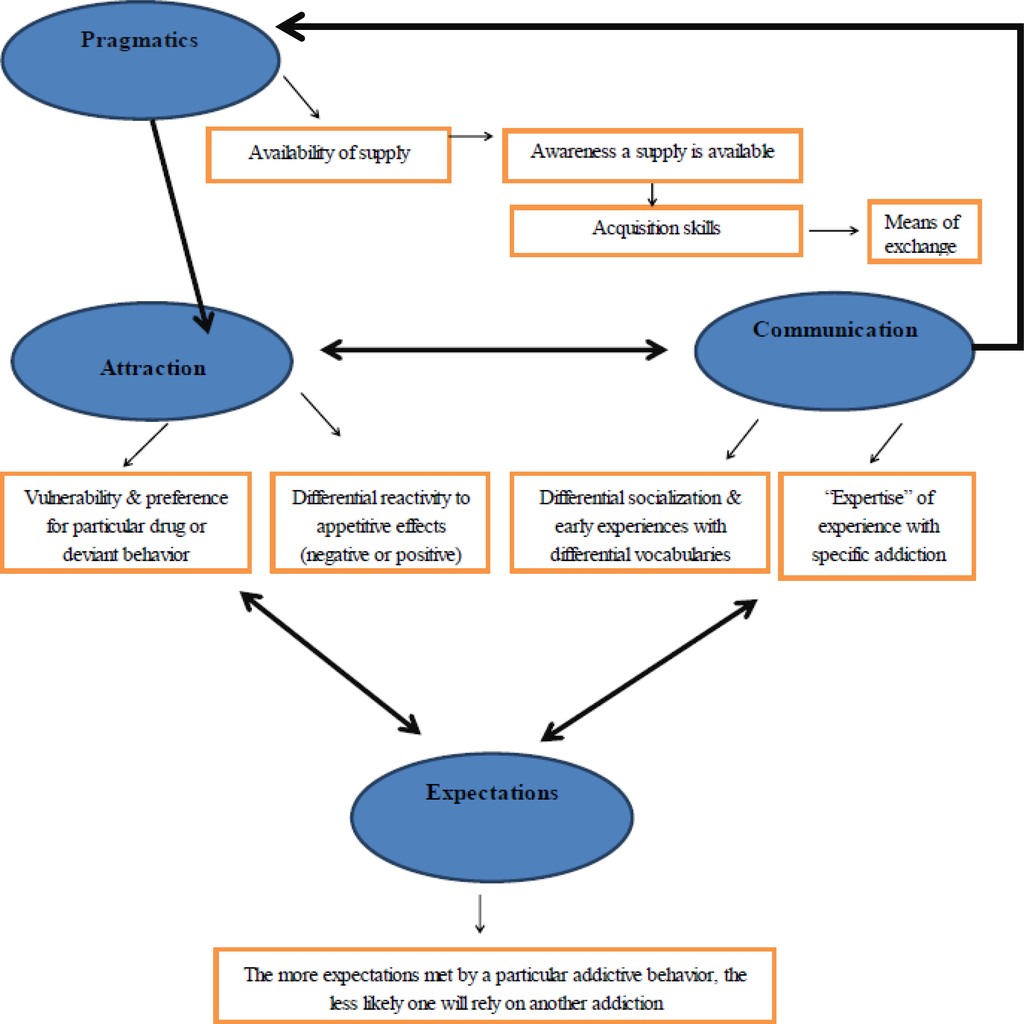
IJERPH, Free Full-Text

Holy Qur'an REF.123 (HAFZI 15 LINES) 7 X 5 (RAXINE) (IndoPak

Fast-growing open-access journals stripped of coveted impact

Jehovah Jireh PNG Christian PNG the Lord My Provider
fulltext-search · GitHub Topics · GitHub
Recomendado para você
você pode gostar
